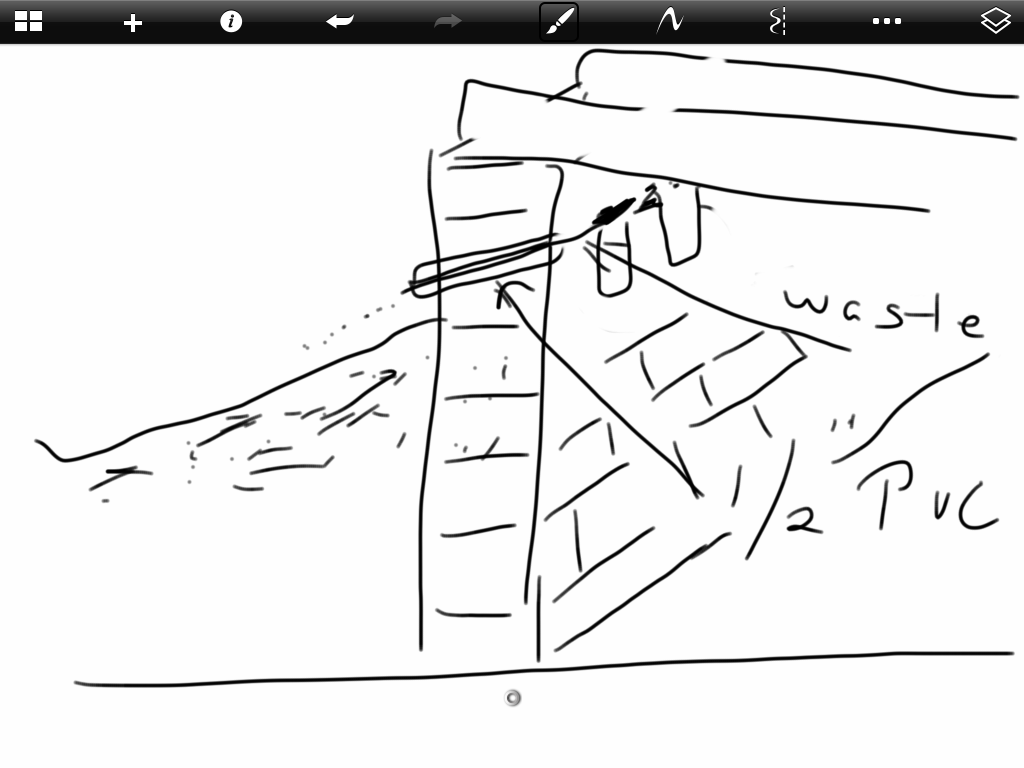Since I'm getting a new tank, I was standing in my basement, dreading having to clean it, so instead of doing that, I pondered how I could make it easier to run my RO/DI system. My waste water reservoir is not large enough to hold all the water that is created by the time it fills the RO reservior and the float valve shuts everything off and it is kind of annoying to have a garden hose running across the floor and out the Bilco doors. Bad enough there's no water down there, so I have to run a hose in those doors to run the RO/Di as well.
So I was thinking, why can't I just run the waste line outside? Anybody do this? Is there anything I should keep in mind when I do this? I was thinking the only real issue is that of back pressure and freezing during winter that would clog the line. I figure it's probably not an issue if the line has to go uphill a couple inches to get over the foundation, so long as it doesn't have to go too far up and all the line that is outside runs downhill to prevent clogging/freezing.
Should I just drill a hole big enough to fit and seal a push fitting into the exterior wall. That way, if need be, I could detach the line outside for cleaning or replacement? That way I don't have a line that's sealed in place.
Anything I'm missing?
One last note: If I ever get around to cleaning the basement, do I need to worry about contaminating my RO or SW reservoirs? Or am I just being paranoid?
So I was thinking, why can't I just run the waste line outside? Anybody do this? Is there anything I should keep in mind when I do this? I was thinking the only real issue is that of back pressure and freezing during winter that would clog the line. I figure it's probably not an issue if the line has to go uphill a couple inches to get over the foundation, so long as it doesn't have to go too far up and all the line that is outside runs downhill to prevent clogging/freezing.
Should I just drill a hole big enough to fit and seal a push fitting into the exterior wall. That way, if need be, I could detach the line outside for cleaning or replacement? That way I don't have a line that's sealed in place.
Anything I'm missing?
One last note: If I ever get around to cleaning the basement, do I need to worry about contaminating my RO or SW reservoirs? Or am I just being paranoid?





